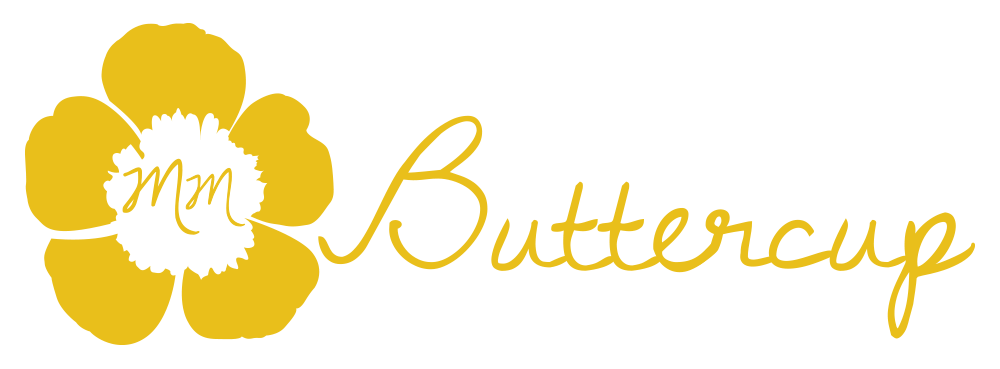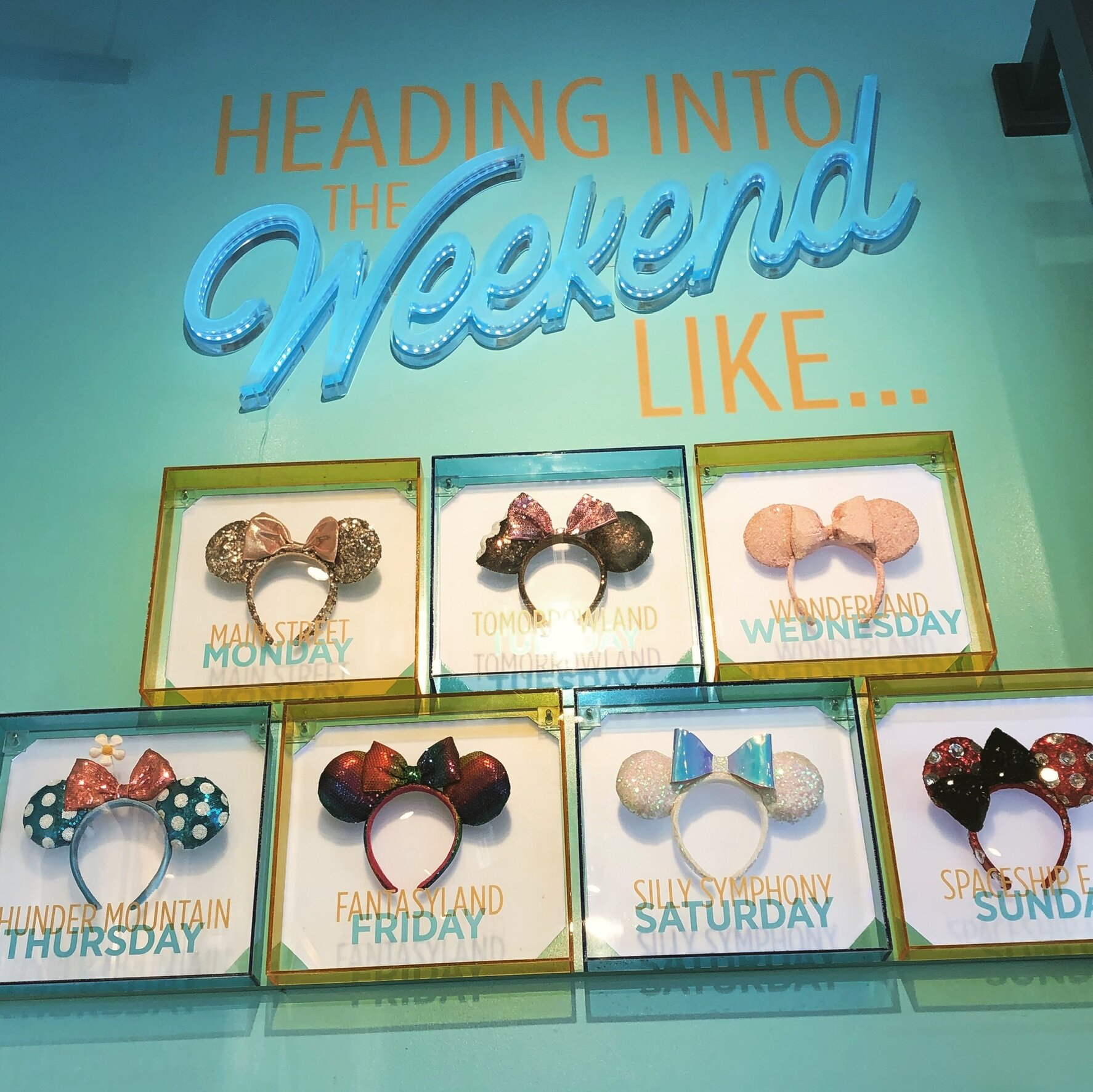She asked if I’d like to do a hands-on workshop for the virtual conference. Participants are early childhood professionals. I wasn’t sure what I would do to fit their theme, but immediately I said “YES!” Didn’t even have to think twice about accepting her invitation. Of course! I am thrilled anytime someone invites me to play.
Her invitation and request for an activity-based presentation that people can do from their computers for the virtual workshop dovetailed into other projects for which I’ve been spending time on. The projects have to do with two men. Both of them with the name Henri.
Robert Henri was an artist from rural Cozad, NE. His portraits of children grace the walls of the art museum and gallery in the boyhood home where he grew up less than an hour from where I live. My friend, Dr. Dana Vaux from UNK, and I have been doing an experiential education project with our college students who design spaces at the public Henri art museum to create pathways for community engagement for families and children. Our college students in design studio learned about ways to consider the environmental needs of families with infants, toddlers, preschoolers and young children that they incorporated into their design plans. For example, one of our students created a private space for nursing mothers. Another student added soft features like low furniture and pillows for infants and toddlers in the gallery. Partners at the museum listened to all the student pitches and provided input into designs. Students learned how to consider children and families as they design inclusive spaces to promote participation while we also strengthened partnerships with nearby community partners.
Cozad artist, Robert Henri, was a gifted educator who taught many famous artists like Edward Hopper and a group of male and female artists called the “Immortal Eight.” Robert Henri was an educator who is immortalized in the book “Art Spirit” written by his student Margery Ryerson who captured his teaching philosophy and techniques. I love how Robert Henri encouraged female artists in the early 1900s when it was uncommon to do so. I want to share this rich heritage from my state with others.
The other artist is Henri Matisse. He made a comeback at the end of his life when he suffered a setback. His innovative approach to using scissors in his art toward the end of his life to make shapes and designs in primary colors is how he was able to express himself when he became disabled. He was unable to physically do the kind of art he did earlier in his career and discovered he could physically use scissors to express his creativity.
With my two favorite Henris in mind…here is what I came up with for her conference that fit the healthy and fit children theme: Hearts!
The workshop is entitled, “Integrating Assessment with an Embedded Learning Activity: Hula from the Heartland.”
Teachers come to the virtual workshop with materials. Before the workshop their homework is to felt wool. I ask them to get an old sweater made from 100% wool. If they don’t have an old one they can use for this activity, then I encourage them to search for affordable and natural wool. Second hand and consignment shops, as well as tag sales (garage, yard and estate sales) have wool sweaters. It needs to be 100% pure wool in order for this to work. I give them directions to wash their wool at least once on HOT setting of washing machine. More washings is better, but once should be enough. Then throw the sweater in the dryer. When washing and drying is done the sweater shrinks and the fibers become tight and felted.
Once the wool is ready, then we make our hula hearts from the felted wool. What the heck is a hula heart? Early childhood teachers are given homework before the workshop to cut their hearts out of the wool sweater. In the style of Henri Matisse, hearts are cut out in a variety of sizes. No two are alike. That’s it for homework. Next, they hop on zoom for the workshop and bring the wool hula hearts.
Hula Hearts will be used to do Hula from the Heartland. Here in the Midwest we can dance hula to the song, “Pearly Shells.” In addition to the wool, we will need a way to play the Pearly Shells song. I have it on my phone in my music library. This song has come in handy when I play with children. I’ve used it while waiting in lines, playing outdoors at Thanksgiving dinner with family, and more. Good to have songs with finger plays and movement ready for such occasions when you have young children in your life. Chicken dance, hokey pokey, twinkle twinkle, and more are examples of songs that can be used to create interactive activities.
Okay now on to the next thing in our Hula from the Heartland activity. Review vocab. Review hula movements for vocabulary in the song. For example, when hearing the word “shell” bend down and act out picking up a seashell from the beach floor. When hearing the word “ocean,” sway arms and hips to replicate ocean waves. Pretend to use spyglass or binoculars when the word “see” comes up in the song. We practice together the movements. Then we dance hula to the song using hearts as a prop.
We have a conversation about how we can do this with our children. Possible examples are: (a) have children pretend the hearts are pearly shells, (b) teach the hula movements for the song, and (c) incorporate music and movement with fine arts. We talk about universal design elements of the activity for all children, as well as how to individualize for children who need accommodations. We then brainstorm developmental domains that are strengthened from doing Hula from the Heartland. Here is a brief list of what children could develop and learn across areas/domains from this activity:
Fine motor- children pick up shells/hearts with hands and fingers. Pincer grasp (or whole hand adaptation) can be used as toddlers and preschoolers use their eye hand coordination to do that part of the hula dance when they hear the word “shells.” If children have motor skills to do it, have them cut our hearts from the wool.
Gross motor- children will stand during the hula dance with bending and stooping when they pick up shells/hearts from the “beach” floor.
Adaptive- an extension activity could be to eat/drink foods during mealtime from Hawaii, like guava or pineapple juice.
Cognitive- children can discuss shapes and colors of the shells/hearts they find.
Social emotional- ask children to share things they like when they use the heart to share their loves.
Communication- facilitate receptive language by asking children to pick up a shell from the beach (one step direction); facilitate expressive language by having a conversation about beaches or hearts and encourage children be listener when others speak and talk when they have something they’d like to share (turn taking, social rules of communication).
Early literacy- children can learn some lyrics from the song. Extend the activity by incorporating Hawaiian poetry, picture books, and stories with children.
Early math- children learn one-to-one correspondence when they focus on each hula heart. Help them count their shells/hearts. Or facilitate their learning by prompting them to use math skills to talk about sets of hearts and other attributes. The sky is the limit here. Use your imagination and knowledge of your child’s zone of proximal development to individualize for each person based on what they can do.
These 8 areas/domains will be used to monitor what children learn. We can observe children to see how they are developing across the 8 areas. The responsive environment and teachers’ engagement with children are the secret ingredients. Have fun. Always! Children know when we are enthusiastic or just phoning it in. Show them how much you love them by giving each activity thoughtful consideration and your LOVE. We are all young at art when we do hula from the Heartland.













